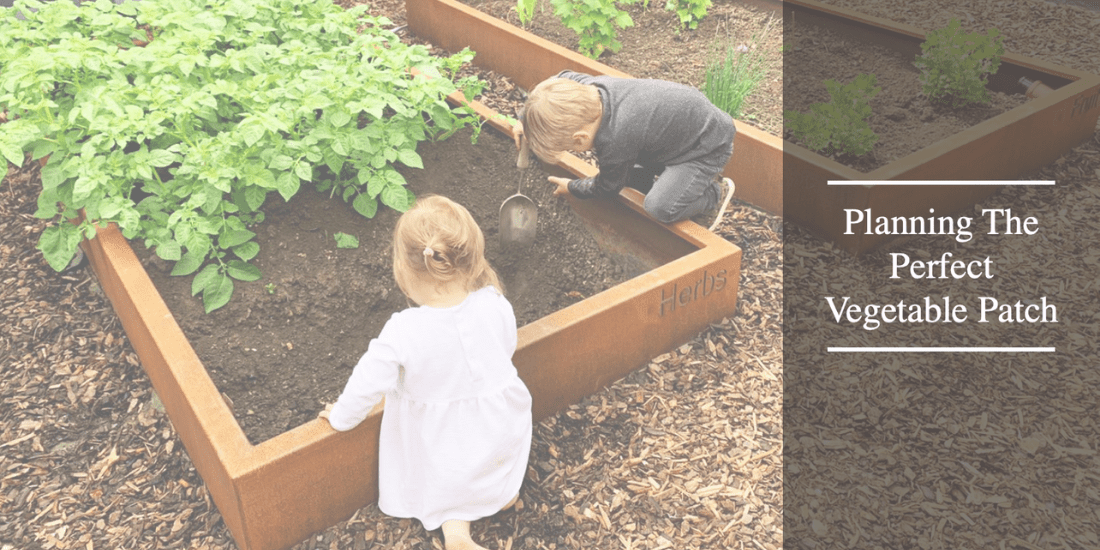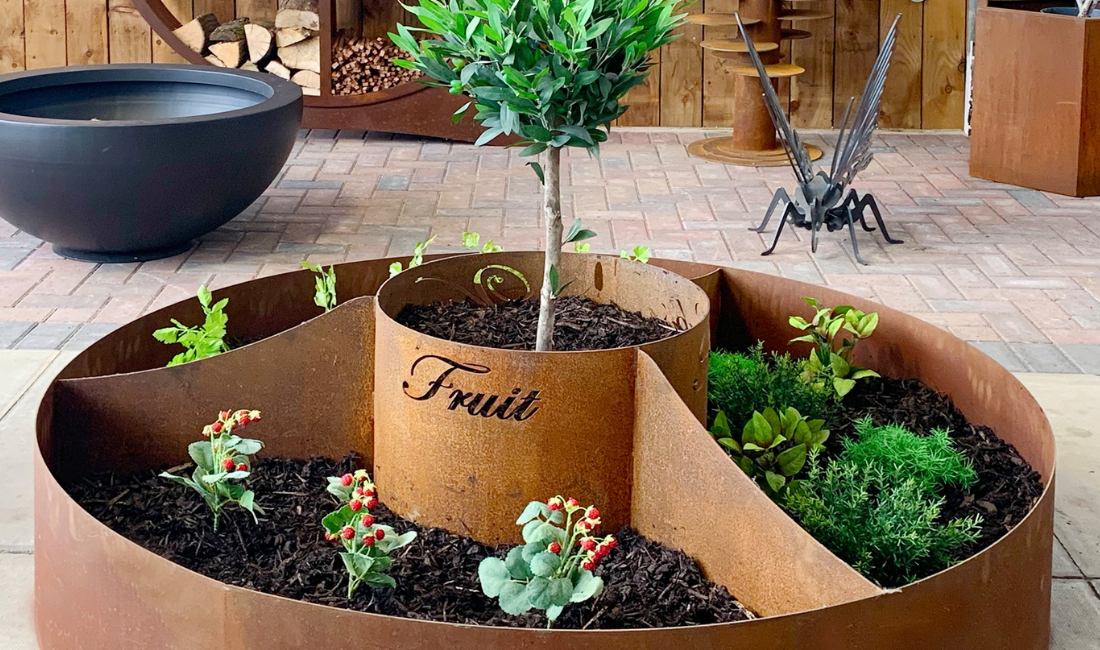
30 Nov Planning The Perfect Vegetable Patch
Growing your own vegetables is really rewarding and we think the accomplishment makes them taste that little bit better. Plus, we love that we can get the whole family involved in the gardening, reaping the physical and mental benefits.
With very little growing and not too many jobs to do on your plot in the winter, it’s the perfect time to plan your vegetable patch. Whether you’re an experienced gardener or this is your first time growing your own food, we’re sharing our top tips for homegrown goodness.
1. Consider what you want to grow
It may sound obvious, but the first thing you’ll need to think about is what vegetables you’d like to grow. When space is limited, you may not be able to grow everything you’d like. If you’re new to growing, we suggest starting with just a couple of vegetables and expanding your patch as you become more experienced.
Of course, you’ll want to grow your favourites, but it’s also worth considering the cost. For example, asparagus can be expensive to buy, yet onions can be relatively cheap; so, growing your own asparagus and buying onions might be more cost-effective. Plus, if you’re new to gardening, you may want to pick easy-to-grow vegetables like peas and potatoes.
Once you’ve decided which vegetables you want to grow, check when the best time is to sow the seeds. If you’re looking to grow carrots, beetroot or onions, spring is the time to plant these!
2. Prepare the soil
Making sure your soil is right is important for your growing success. Whilst different vegetables thrive best in different types of soil, loam-like soil is suitable for most plants. If your soil is clay or sandy, adding compost or fallen leaves can help to make it more loam-like. But remember, you need to wait for your soil to drain before working it, which is why spring is typically a great time to plant.
If you’d rather avoid the labour of this, fill raised beds, like our Braybrooke Raised Beds Planters, with a well-balanced mix of soil that is suited to what you plan to grow. Not only are raised beds easier to manage, but they keep your growing neat and tidy – and protect the soil from your family’s footsteps when they’re playing in the garden!
3. Clever Planting
It’s important to take the time to plan how you’ll fit everything into your space without overcrowding. A great method is to plant in rows from north to south. Ensure your tallest crops are planted on the north side with the shortest in the south so that tall veggies don’t shade smaller ones. This will ensure they all get the best possible sun exposure.
To save you the hassle, check out our Circle of Life Planter. With three sections dedicated to contained vegetable, fruit and herb growing, and a circular design creating a perfect bed for nurturing and growing, half the work is already done for you!
Looking for a specific shape or sized planter? We can design them to suit any needs. Get in touch today to discuss: 01858 419940.




